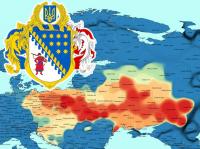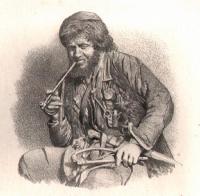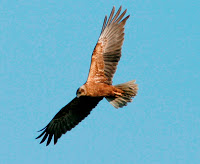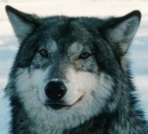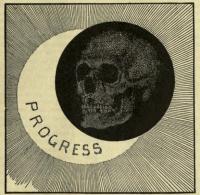Я с вами тягаться не смею и даже не берусь интерпретировать, но вот вы бы не могли интерпретировать это (сугубо в контексте моей профaнации - что вряд ли у эстонцев все I1а надуло от шведов в последние 300 лет (ну ОК - 500-700)
Haplogroup I1a is suggested to have its origins in the
Iberian refugium, from where it spread northward and now
has its highest frequencies in Northern Europe (Rootsi et al.
2004). The haplotype matches to Germany and Poland imply that I1a has arrived to the Nordic countries from the
Southern Baltic Sea region, which is historically plausible.
The coalescense age of the haplogroup is about 5000 years
lower than the age of the earliest archaeological findings from
the Northern Baltic Sea region, which suggests a Neolithic
arrival. There are two possible migration routes from Central Europe to the Northern Baltic Sea region: an exclusive
western route via Sweden, an eastern route via the Baltic
states, or via both to Eastern Finland and Karelia (Fig. 5).
The surprisingly high diversities of I1a among the eastern
Finnish and Baltic populations, and the lack of association between the Western Finns and the Swedes in SAMOVA analysis founder effects
 Вход
Вход Зарегистрироваться
Зарегистрироваться




 Наверх
Наверх




